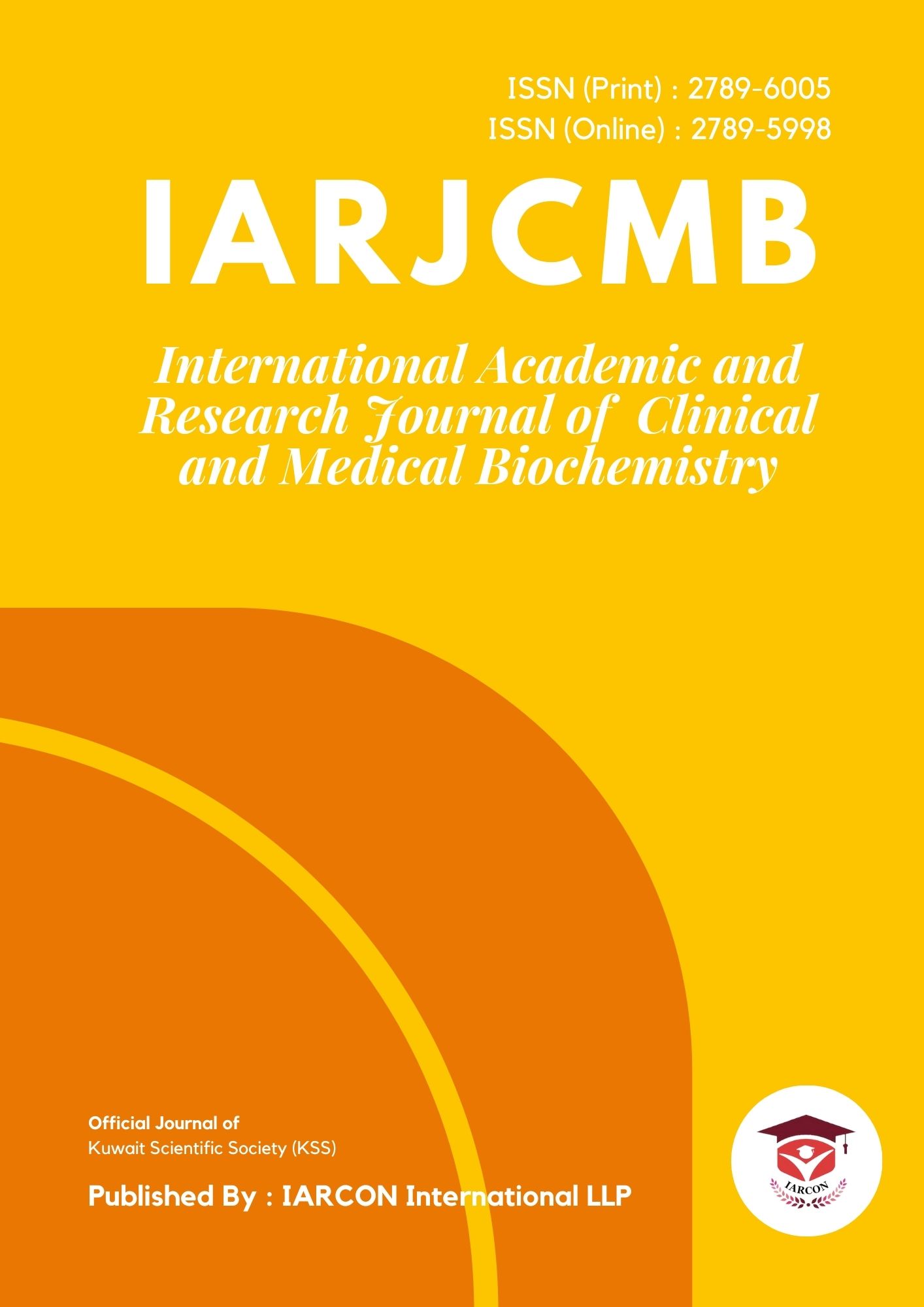Autoimmune Diseases (AIDs) are a group of complicated diseases with unknown etiologies, Different AIDs may share certain similarities in their clinical presentations and yet preserve unique characteristics in each individual of autoimmune disease [1]. Autoimmune Diseases generally result from the loss of self-tolerance i.e., failure of the immune system to distinguish self from non-self, and are characterized by autoantibody production and hyper activation of T cells, which leads to damage of specific or multiple organs. Thus, AIDs can be classified as organ-specific or systemic [2]. Autoimmune Diseases are categorized into organ-specific autoimmune diseases, such as Systemic Lupus Erythematosus SLE, Rheumatoid Arthritis RA and Celiac Diseases CD [3].
The role of Epstein-Barr Virus in Autoimmune diseases has the ability to cause chronic relapsing/reactivating infections, Chronic or recurrent EBV infection of epithelial cells has been linked to SLE, whereas chronic/recurrent infection of B cells has been associated with RA and other diseases [4]. Viruses are obligate parasites that rely on host cellular factors to replicate and spread [5]. EBV is defined by a discrete viral life cycle with primary infection, latency, and lytic reactivation phases [6], EBV establishes lifelong latent infection in B lymphocytes Rarely, EBV latent infection results in malignancy, while In oral epithelial tissues, EBV establishes a lytic infection of differentiated epithelial cells to facilitate the spread of the virus to new hosts [7].
EBV is a ubiquitous double-stranded DNA virus that belongs to the family Herpesviridae and subfamily Gammaherpesvirinae. Gammaherpesvirinae includes two important human gammaherpesviruses, EBV also known as human Herpesvirus 4 and Kaposi’s sarcoma-associated herpesvirus also known as human herpesvirus 8 HHV8 [8] . EBV is a lymphotropic Herpesvirus and the causative agent of Infectious Mononucleosis IM [9]. It was originally discovered in cells isolated from African Burkitt’s lymphoma and first later on, was it recognized that EBV is highly prevalent worldwide [4].
Serologic tests are usually performed using ELIZA or Immune fluorescent assays IFA [10]. IFA is considered the gold standard for EBV serology Nevertheless, because performing and interpreting IFA is labor-intensive and sometimes subjective [11]. Indirect Immunofluorescence Assay was accepted as the reference method and the concordance of IFA and ELISA methods was investigated. VCA (IgG , IgM) and EBNA IgG antibodies were evaluated according to both tests and their sensitivity and specificity rates were determined for ELISA method [12].




